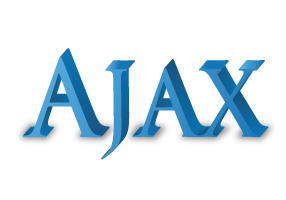AJAX formalizes a style of programming meant to improve the user interface (UI) responsiveness and visual appeal of Web sites. One of the primary changes AJAX brings to Web programming is that it depends on the browser taking an even more active role in the process. Instead of the browser simply rendering streams of HTML and executing small custom-written script blocks, AJAX includes some new client-script libraries to facilitate the asynchronous calls back to the server. AJAX also includes some basic server-side components to support these new asynchronous calls coming from the client. There s even a community-supported AJAX Control Toolkit available for AJAX implementation.
Reason to Use AJAX
When building a Web site, there are a few reasons you might choose to AJAX-enable the site.
- AJAX improves the overall efficiency of your site by performing parts of a Web page's processing in the browser when appropriate. Instead of waiting for the entire HTTP protocol to get a response from the browser, pushing certain parts of the page processing to the client helps the client to react much more quickly
- AJAX introduces UI elements usually found in desktop applications to a Web site. These UI elements include such items as rectangle rounding, callouts, progress indicators, and pop-up windows that work for a wide range of browsers.
- AJAX introduces partial-page updates. By refreshing only the parts of the Web page that have been updated, the user s wait time is reduced significantly.
- AJAX is supported by most popular browsers not just Microsoft Internet Explorer. It works for Mozilla Firefox and Apple Safari, too.
- AJAX represents another level in client-side performance for Web application. Through AJAX, Web sites can now support features such as partial page updates, ToolTips and pop-up windows, and data-driven UI elements


